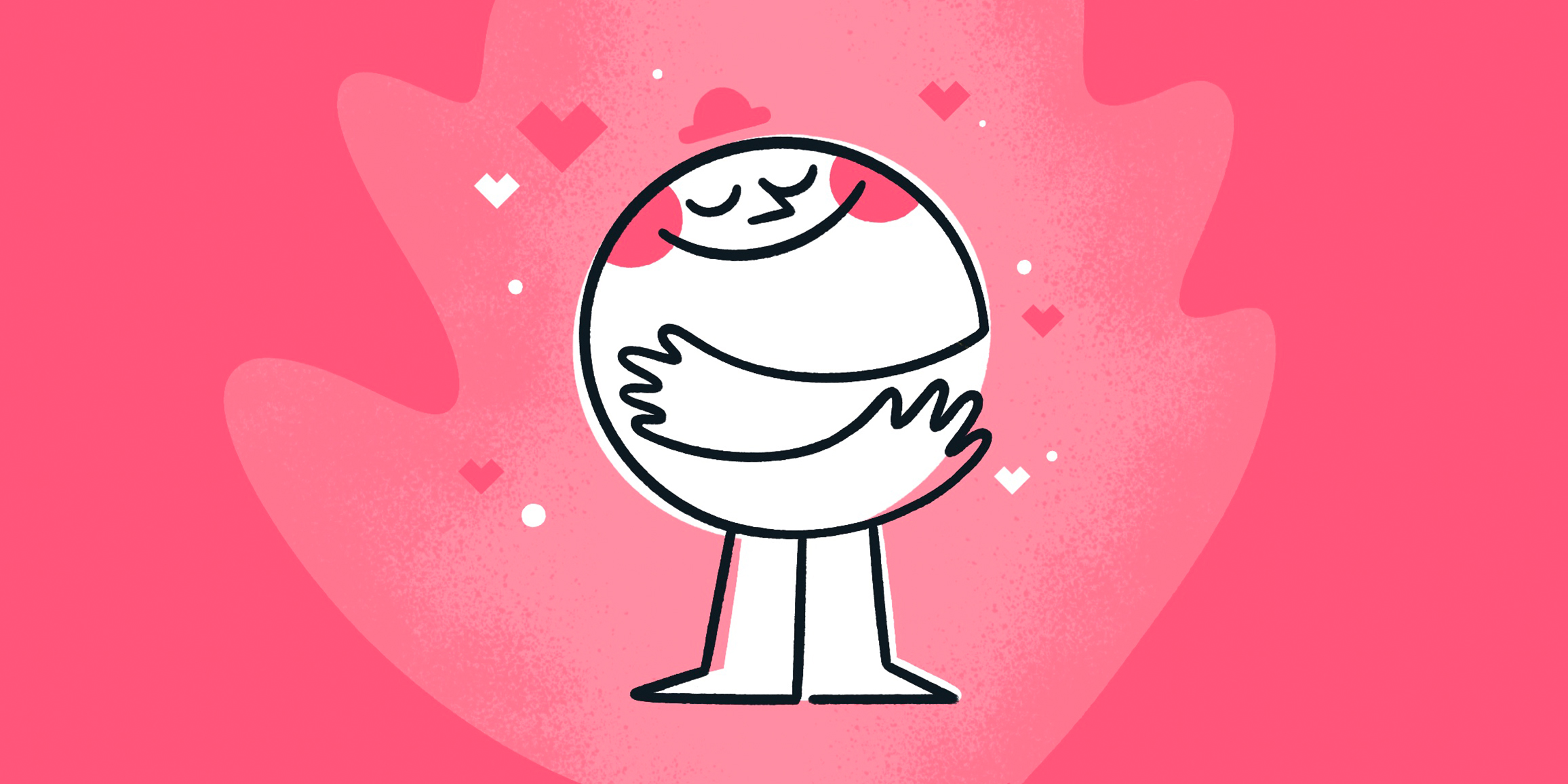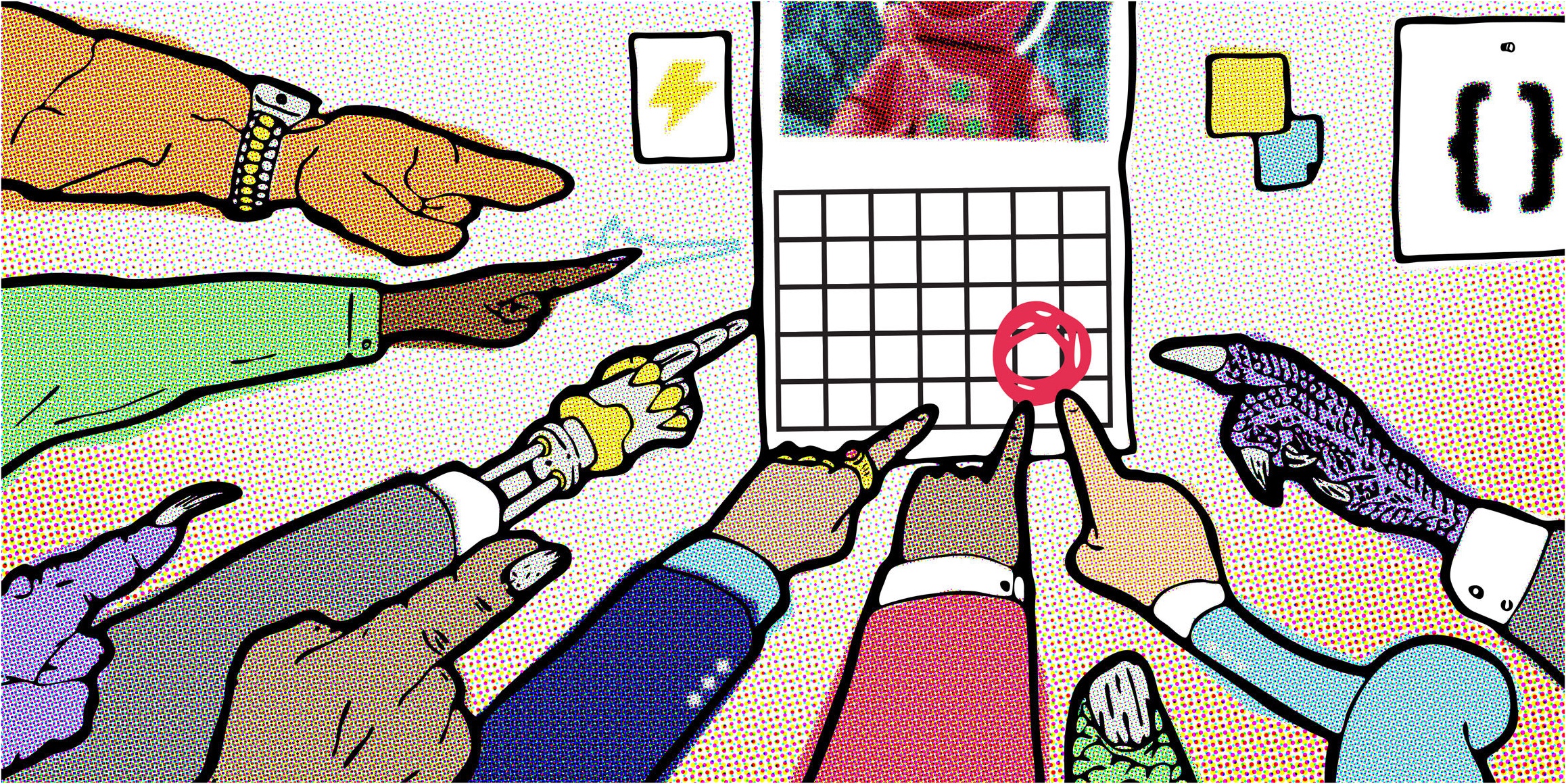When you need an agency to deliver a fresh campaign for your brand, you eventually face a fork in the road.
Down one path, you see the apparently smooth ride that comes with hiring a large agency with a well-known reputation. Besides, didn’t they make that thing years ago, that ad everyone talked about? You can understand why people say no one gets fired for hiring a large agency.
Or, you could go the other way and partner with a small agency, which looks like a more uncertain direction. Sure, a compact organization may be faster and more nimble with its own track record of standout work. But why should you risk coming to your boss with less than a big-time name in the industry?
The fact is, for all the superficial comforts a big-name agency may provide, you should focus on the destination for your brand. Ultimately, your project needs more than the prospect of joining the fancy logos on a large agency’s client roster. The work — and the way you work together — are what matters.
Bigger isn’t always better in agency partnerships
A well-known agency may elicit a few nods of approval when you drop their name in a meeting. However, you need to ensure those positive impressions will last throughout the collaboration. At a minimum, your brand needs to see a return on its investment in an outside agency. You need to know how your partnership will function over time.
The benefits of working with a large agency don’t come without a cost. Here are a couple common myths behind the decision making to work with a large agency.
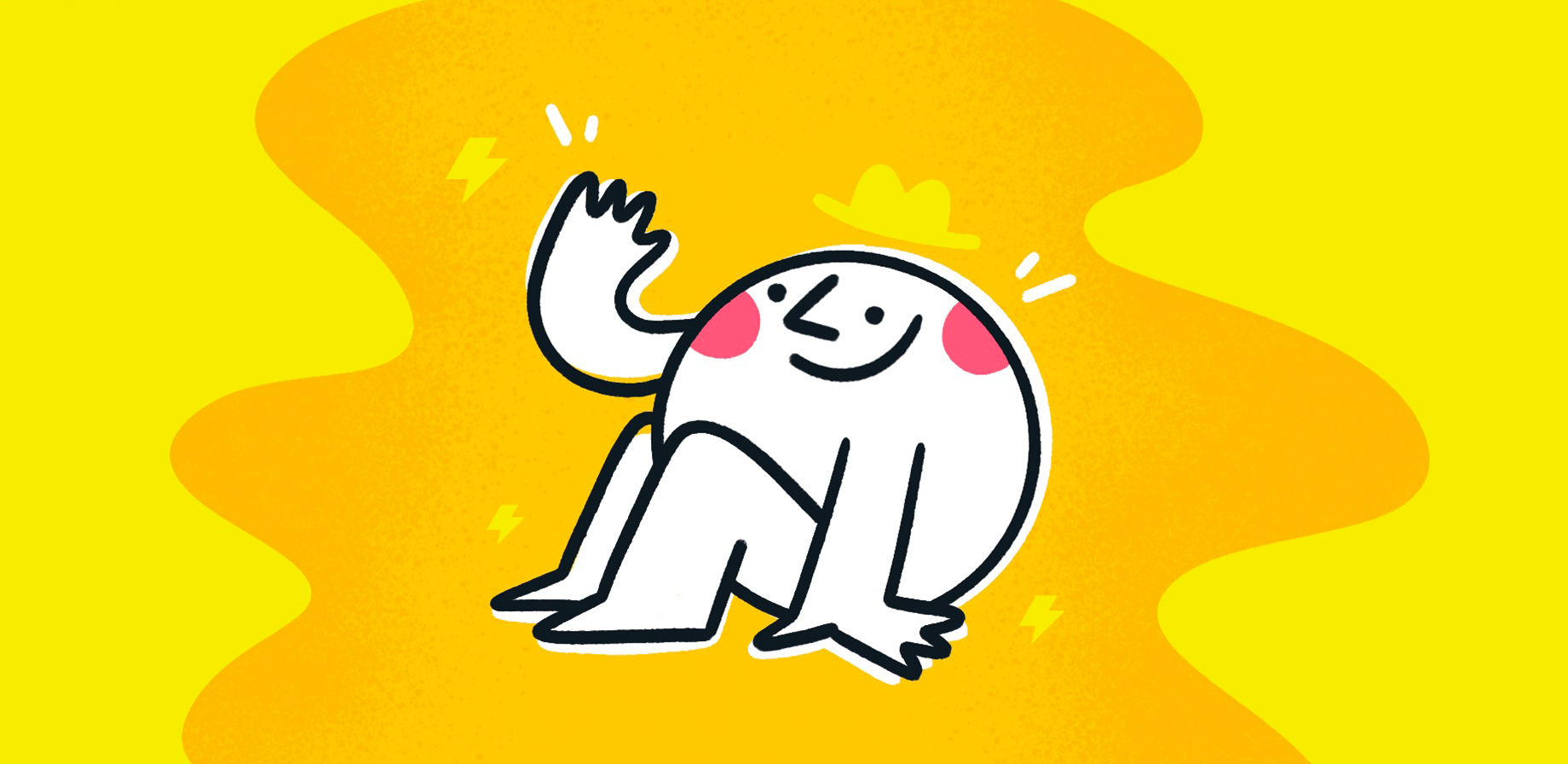
Myth 1: ‘The best creative talent is found at large agencies’
At one time, every agency professional wanted the prestige of being hired at a big-name shop. Creatives fresh out of university flocked to small firms with the goal of building a portfolio strong enough to join a large firm.
However, within the past 10 or 15 years, the agency landscape has shifted. The appeal of pursuing a glorified, “Mad Men'' lifestyle at a multinational ad agency has faded. The Internet has introduced fresh possibilities for specialized agencies that focus on groundbreaking new platforms. Frustrated with big agency bureaucracy, marketers started smaller shops so they could work with people they liked and focus on unique work.
Plus, working at a large agency is a bit of a myth of its own. At We The Collective, we recognize the downsides of working with large agencies because that experience is in many of our backgrounds. For us, one of the most frustrating aspects of that environment was being able to dedicate maybe just 20% of our day toward client work.
As organizations grow, the more time their employees must dedicate toward functions that fall outside being creative. Team-building events, award show entries, and other tasks quickly eat up time at a large agency. And ultimately, your brand has to absorb those additional costs.
Myth 2. ‘The bigger the agency, the more people dedicated to your brand’
Part of the appeal of working with a large agency comes down to resources. If an agency has a headcount of more than 400, you can easily picture many creative perspectives dedicated to serving your brand. Gathering so much talent toward your goals will inevitably deliver the unexpected solution your brand needs, right?
Unfortunately, even if you’re working with the largest agency in the country, the work still comes down to a small team. Depending on your project, a designer, a project manager, and a developer are all dedicated to your project and become your points of contact.
But large agencies have a big staff, and they find a way to put them to work. You may see junior UX strategists paired with their senior counterparts in meetings. Or a creative director will join you alongside an executive creative director. Which one of these people is actually doing the work? Now, instead of having a focused team dedicated to your brand, your meetings are bloated with unnecessary layers — and those cost money too.
To be clear, we’re not suggesting that smaller agencies are a bargain-basement option. Our expertise has value too, of course. But your brand should only be paying for the creative work it needs; not the infrastructure a large agency has decided it needs to function.
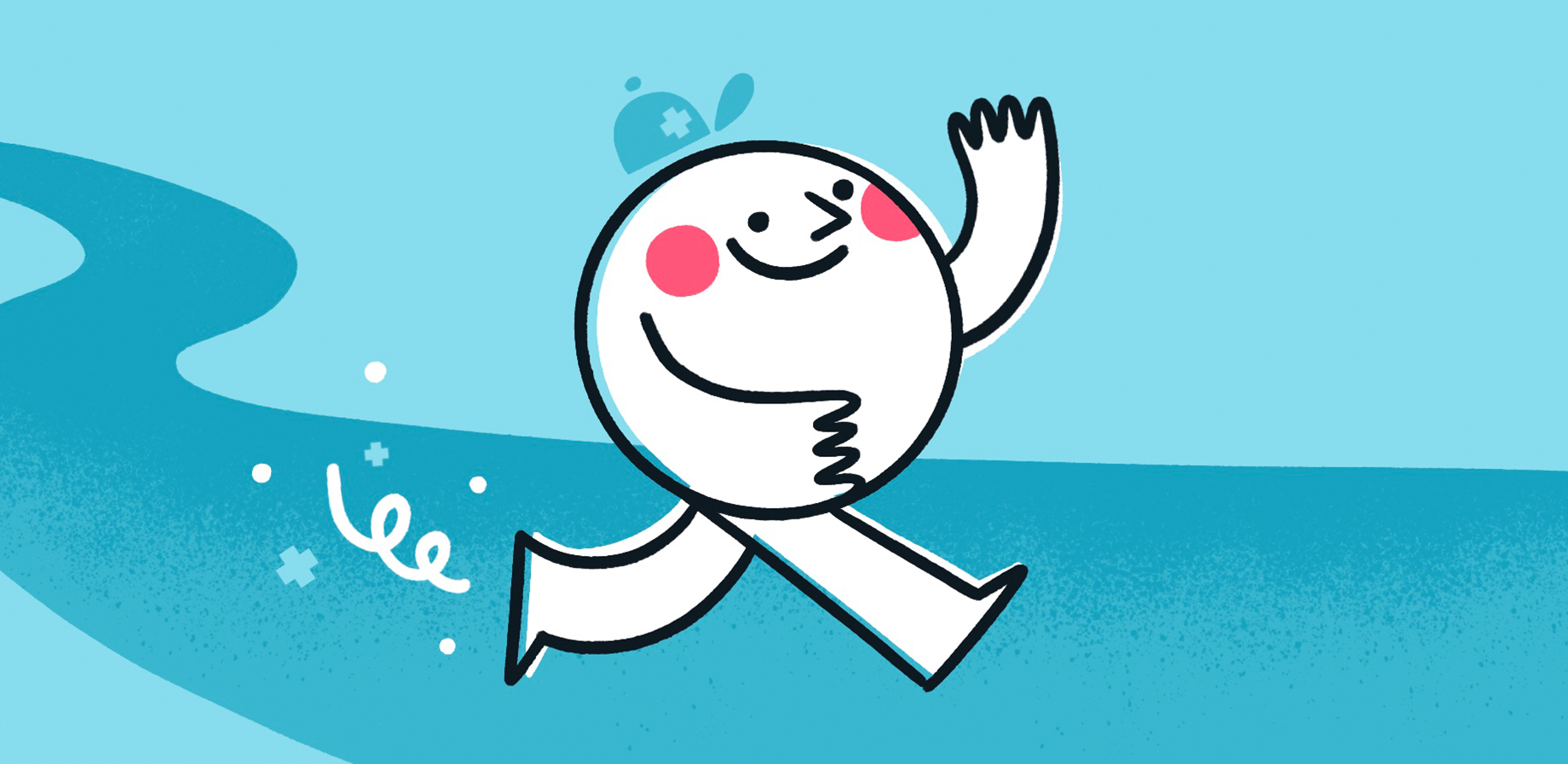
Communication – and your costs – suffer when partnering with large agencies
The more agency contacts involved with your project, the less likely you are to know where to go with questions. Every successful project depends on clear communication, and that is an early casualty when working with an oversized team.
According to Brooks’ Law, each person you dedicate to a project adds another line of communication to manage. Inevitably, the more time your team spends keeping one another informed, the less time they can dedicate to your project. And time inevitably costs money.
At We The Collective, our process eliminates these breakdowns by encouraging direct communication with your creative partner. If a producer from your brand needs to talk to our lead UX designer about their project, they can do that. It’s simply more efficient than shepherding information through another layer of an organization.
In a way, we understand the desire for large agencies to introduce such a barrier. If designers are too busy fielding calls, they may never complete their work. However, if that’s the case, maybe it’s because they’re forced to manage multiple priorities at a large agency rather than being free to focus on your work.
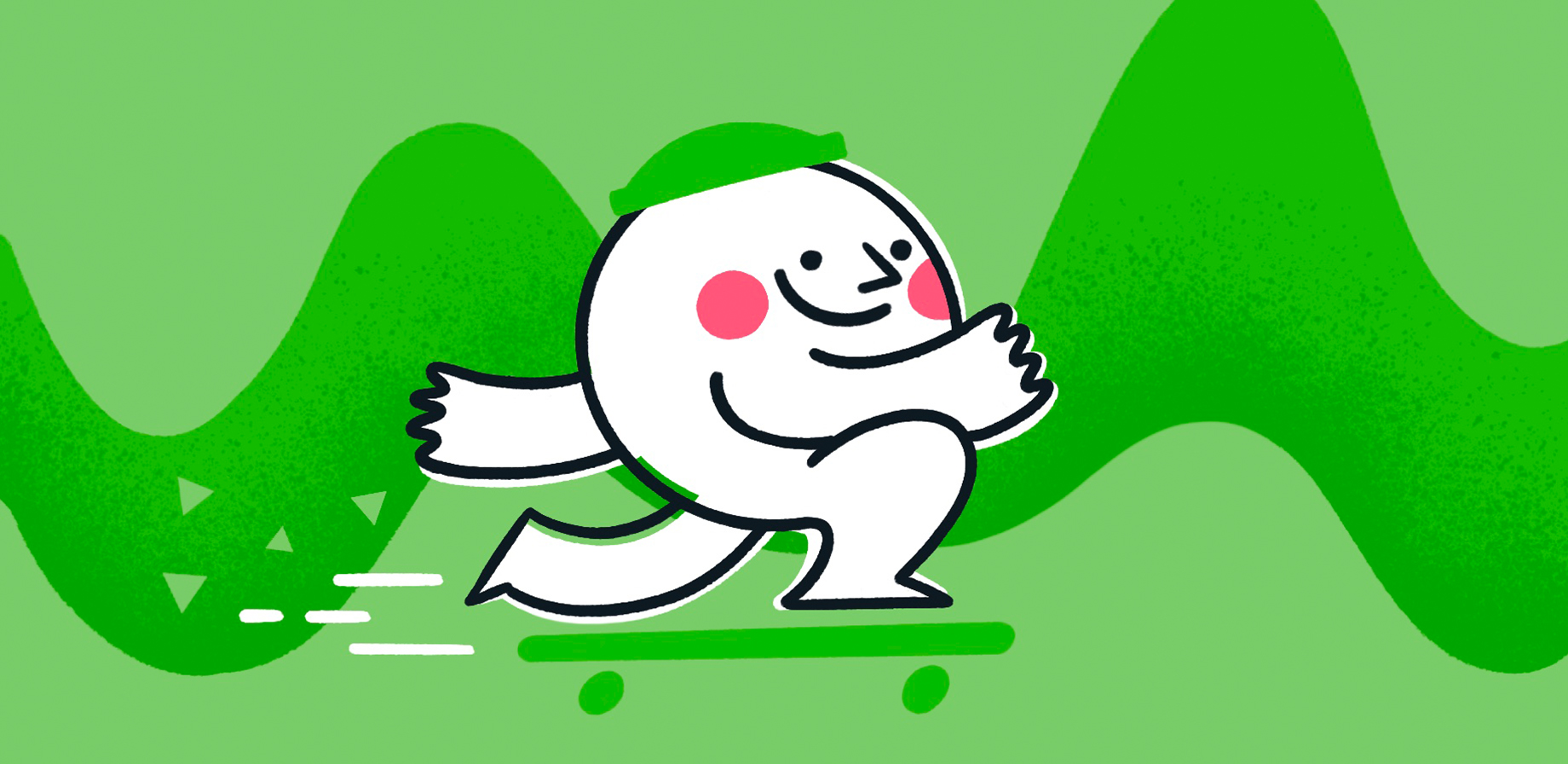
Get what you pay for by working with smaller agencies
Ultimately, your brand must consider many factors when it comes to choosing an agency partner. You need to evaluate the kind of work you want, the way you want to collaborate, and whether a creative partner is right for your needs.
But your greatest concern should come down to ensuring you will see quality work at the right cost and with minimal hassle. Having worked in both large and small agencies, we prefer a structure that allows us to eliminate what’s unnecessary and just focus on creating our best work.
Plus, by keeping our number of team members manageable, we eliminate the sprawling hierarchy that happens at big agencies. This not only keeps us flexible enough to accommodate project constraints that some firms may not, it ensures our whole team has a voice in the process. Instead of navigating a complex org chart, we welcome any idea that brings us closer to solving our client’s problems.
If this sounds like the kind of efficient and direct collaboration that will work for your brand, we should talk.
